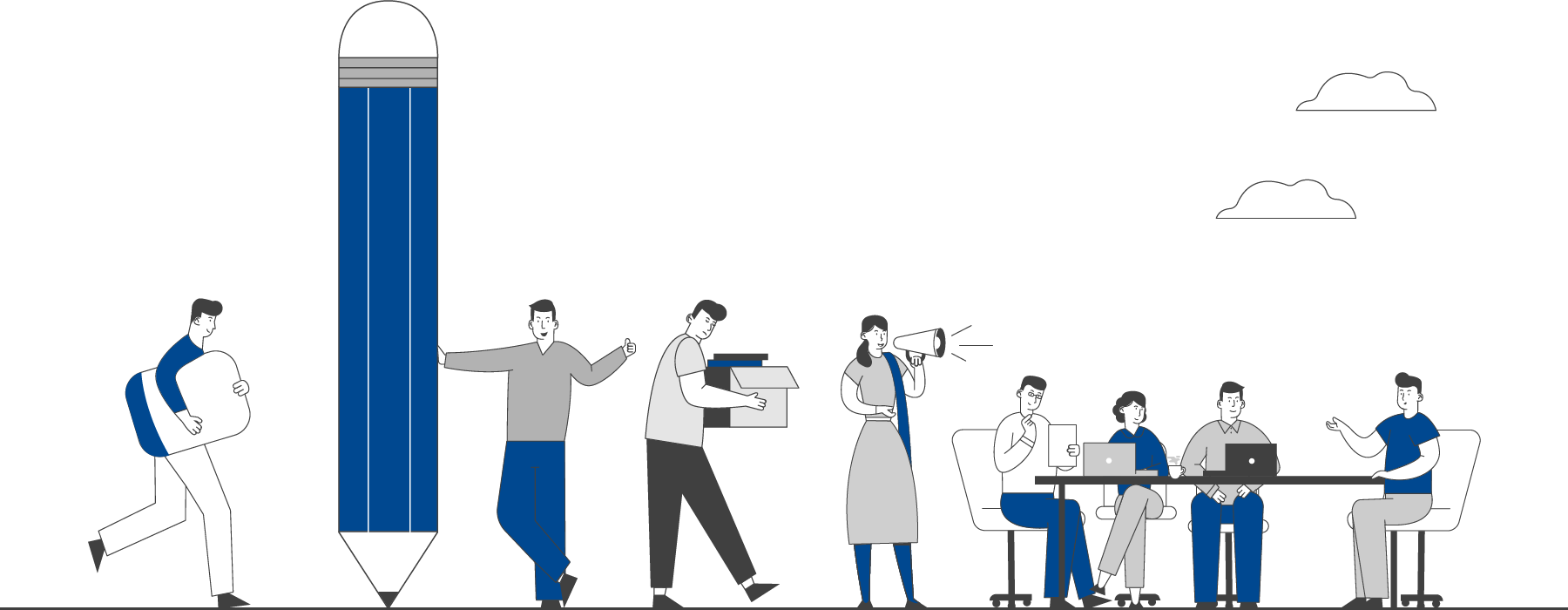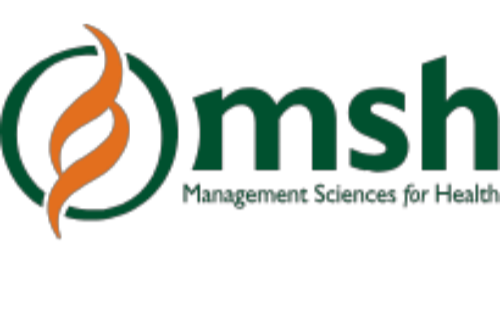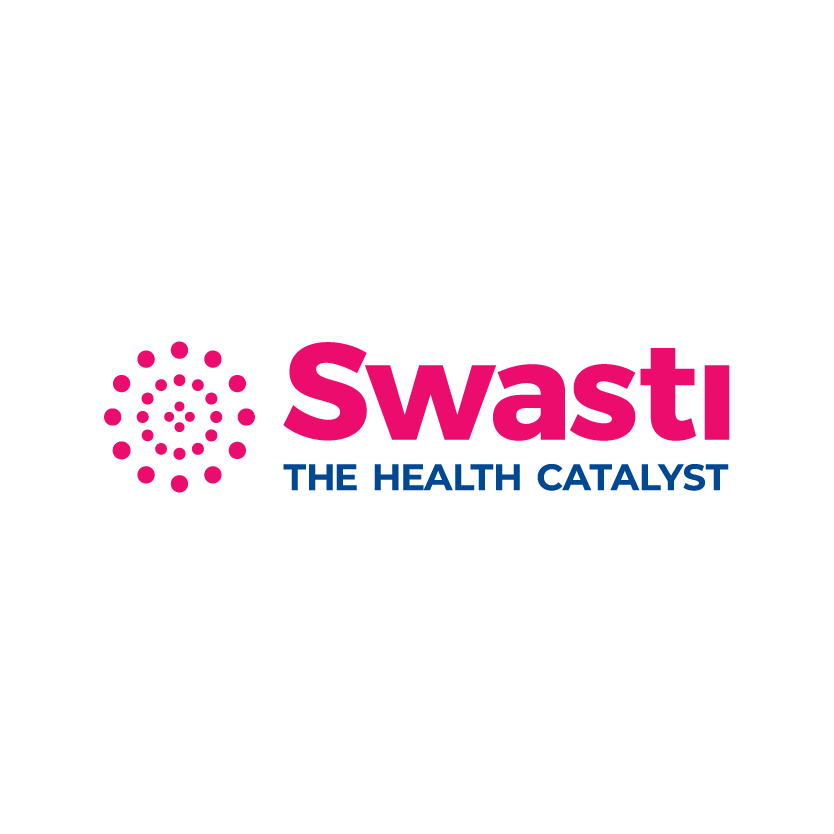

This section hosts guidelines, manuals and toolkits to strengthen public health practice.
Resources
FILTER
BY CATEGORY
View All
A GUIDE TO CONTRACTING FOR HEALTH SERVICES DURING THE COVID-19 PANDEMIC
12 May 2022by Mark Hellowell, et al OVER 1 HOUR
Government authorities seek to increase the capacity of health systems to respond to COVID-19 while maintaining access to essential health services. Drawing on private sector resources is critical as, in many countries, it is a dominant provider of health services, including for the poor. One important tool for increasing capacity in this way is contracting.
This primer offers a practical introduction to contracting the private sector in support of national COVID-19 responses. Its target audience is policymakers in low and middle-income countries (LMICs) that have, at this time, limited experience of using contracts for health services but are expected to do so in the emergency conditions created by COVID-19.
The guidance does not advocate for contracting as a solution for all countries. Policymakers should use the manual to inform their own decisions about whether to use this tool. If policymakers decide not to use contracting, there are several other options for enhancing public-private sector coordination during the emergency. If they do choose to use contracting to contain and mitigate the adverse health impacts of the pandemic, they often need to act quickly. They may not have time to develop organisational capacities, deploy ‘normal’ competitive procurement processes, or enter into fully comprehensive contracts. Nor can authorities always rely on the market to respond flexibly. This guidance acknowledges these realities but seeks to ensure that, even in the emergency context, authorities can nonetheless (1) act lawfully, reasonably and with integrity (2) identify how the sub-optimal context gives rise to certain risks, and (3) formulate a comprehensive policy framework to mitigate these, and thus make a success of contracting in spite of the constraints they face.
The guidance outlines a step-by-step process to contract in an emergency setting organized according to four steps:
1) Define the purpose and structure of the contract;
2) Plan the procurement process;
3) Procure and sign the contract; and
4) Monitor the contractual relationship.
The guidance concludes by suggesting that, through this process, authorities can institutionalise new capacities, activities, and ways of working that will strengthen current response efforts and help them build back better - strengthening core health system functions so that future emergencies can be effectively tackled, and the momentum behind long-term objectives, such as Universal Health Coverage (UHC), can be regained and accelerated.
Related File :
481156523.pdfCategories
COVID-19

 EXPLORE DATA
EXPLORE DATA 



























